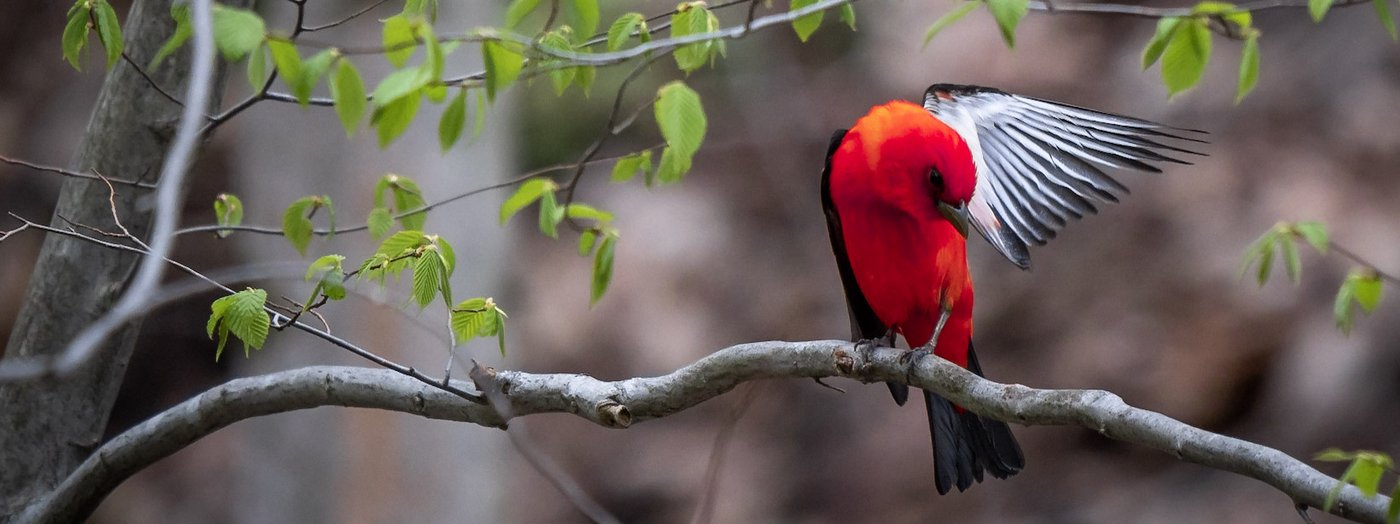Best Birding Spots in the Finger Lakes Region
Over 300 species of birds have been recorded in the Finger Lakes region. If you are a beginning birder, it’s a great place to get started. If you are already a diehard, you can devote hours and hours, week after week, to birding here and never run out of rewarding discoveries. And whether you live in our region or are here just for a short visit, you have endless options about where to find the birds, all year round.
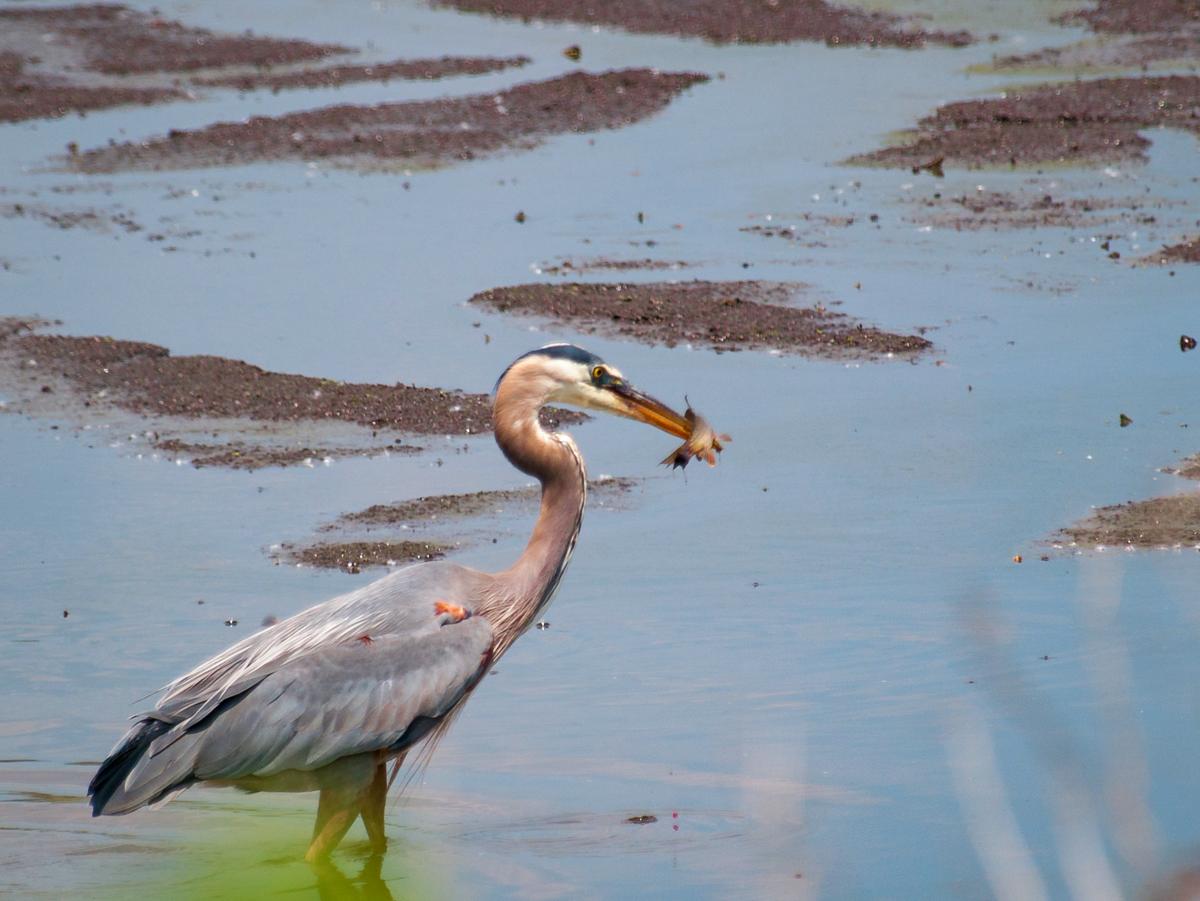
Montezuma National Wildlife Refuge
Montezuma is the crown jewel of the area’s birding sites, almost literally at the top center on the map of the region at the north end of Cayuga Lake, within an hour’s drive of Syracuse, Rochester, and Ithaca. The refuge itself encompasses almost 10,000 acres, but is only one part of the Montezuma Wetlands Complex, a vast patchwork of almost 50,000 protected acres, or about 78 square miles. Most people begin their visit at the refuge’s visitor center and then proceed slowly on the Wildlife Drive around the Main Pool. During spring and fall migration, these open waters host hundreds of thousands of migrating ducks, geese, swans, grebes, coots, cormorants, and every now and then, even local rarities such as American White Pelicans. Montezuma also hosts a dazzling array of charismatic breeding birds throughout the summer, and in winter, the area is still excellent for roadside birding, perhaps most notably for wintering Snowy Owls and Northern Shrikes.
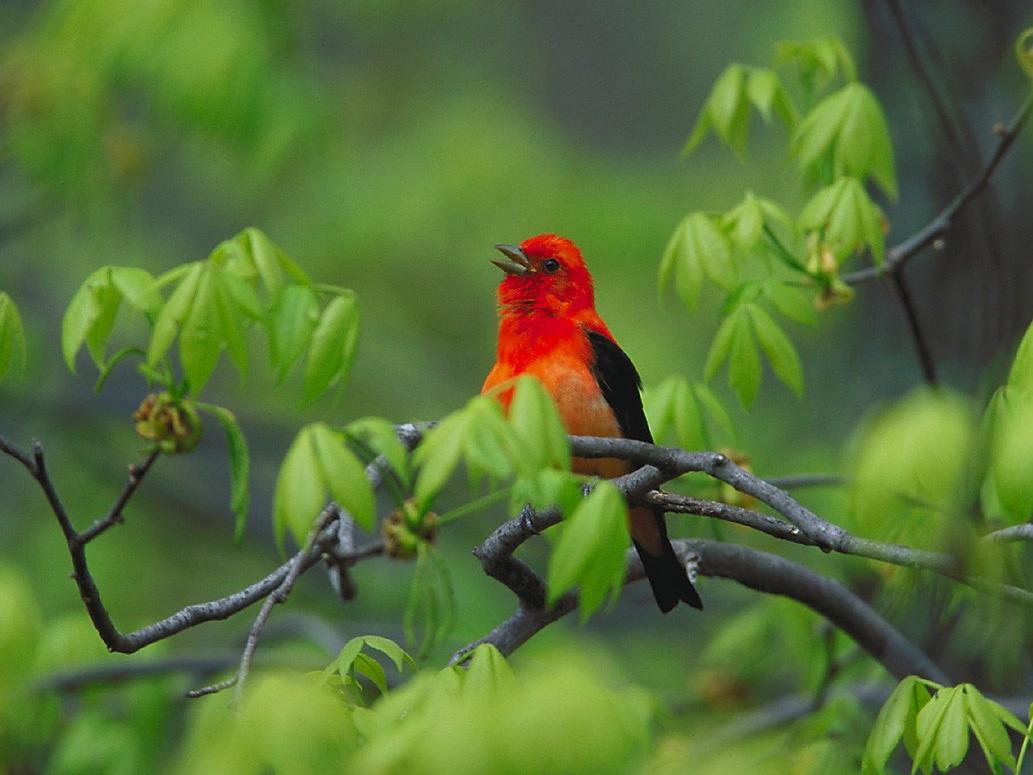
Sapsucker Woods
Located in Ithaca, this 220-acre sanctuary is the home of the Cornell Lab of Ornithology, one of the world’s leading institutions dedicated to the study and conservation of birds. Sapsucker Woods is a particularly good place to start if you are new to birds and birding. The sanctuary itself has more than four miles of trails, which are all wide and flat, making for easy walking even for young children. Comprising beech-oak forest, swampland, brushy edges, and ponds, Sapsucker Woods typically hosts more than 150 bird species per year. During peak migration in May and September, birders collectively find 20+ species of warblers, plus vireos, thrushes, and much more. Summer is less of a riot of diversity, but still, with a well-trained ear, one can find 50 or more breeding bird species in Sapsucker Woods, including Barred Owls, Northern Waterthrushes, Scarlet Tanagers, and of course eponymous Yellow-bellied Sapsuckers.
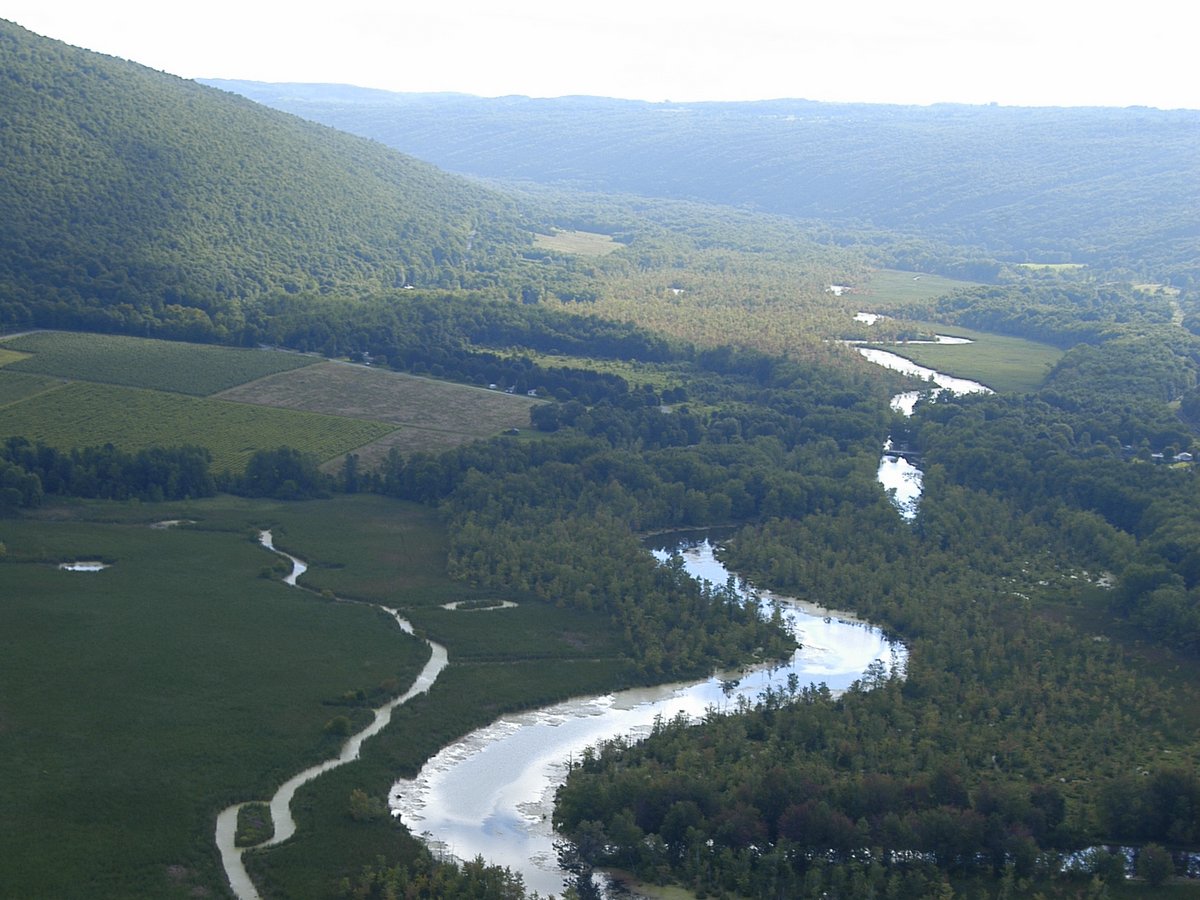
High Tor Wildlife Management Area
With ponds, waterfalls, rivers, gorges, forests, and open fields, there is an abundance of wildlife habitats within the 6,315-acre wildlife management area in Yates County. Numerous songbirds and marshland birds may be viewed here. No doubt the rich habitat and all the wildlife it supports is why the Audubon Society has recognized High Tor as an Important Bird Area.
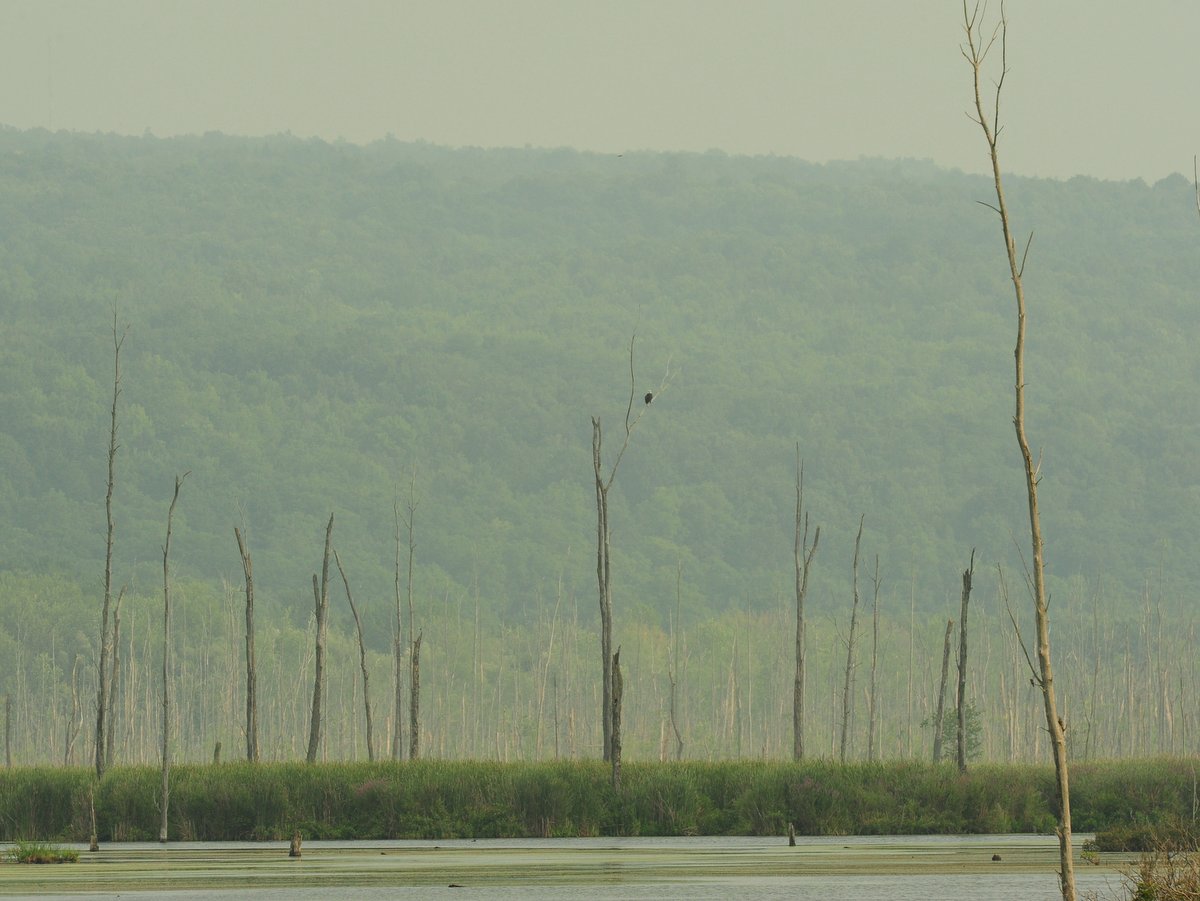
Conesus Inlet Wildlife Management Area
The Conesus Inlet Wildlife Management Area is 1,120 acres of broad, flat floodplain nestled between two glacially steepened hillsides at the foot of Conesus Lake. Its marshland habitat is a favorite stopover for numerous species of migratory birds, and Bald Eagles have been nesting within the area and can be seen fishing the lagoon.
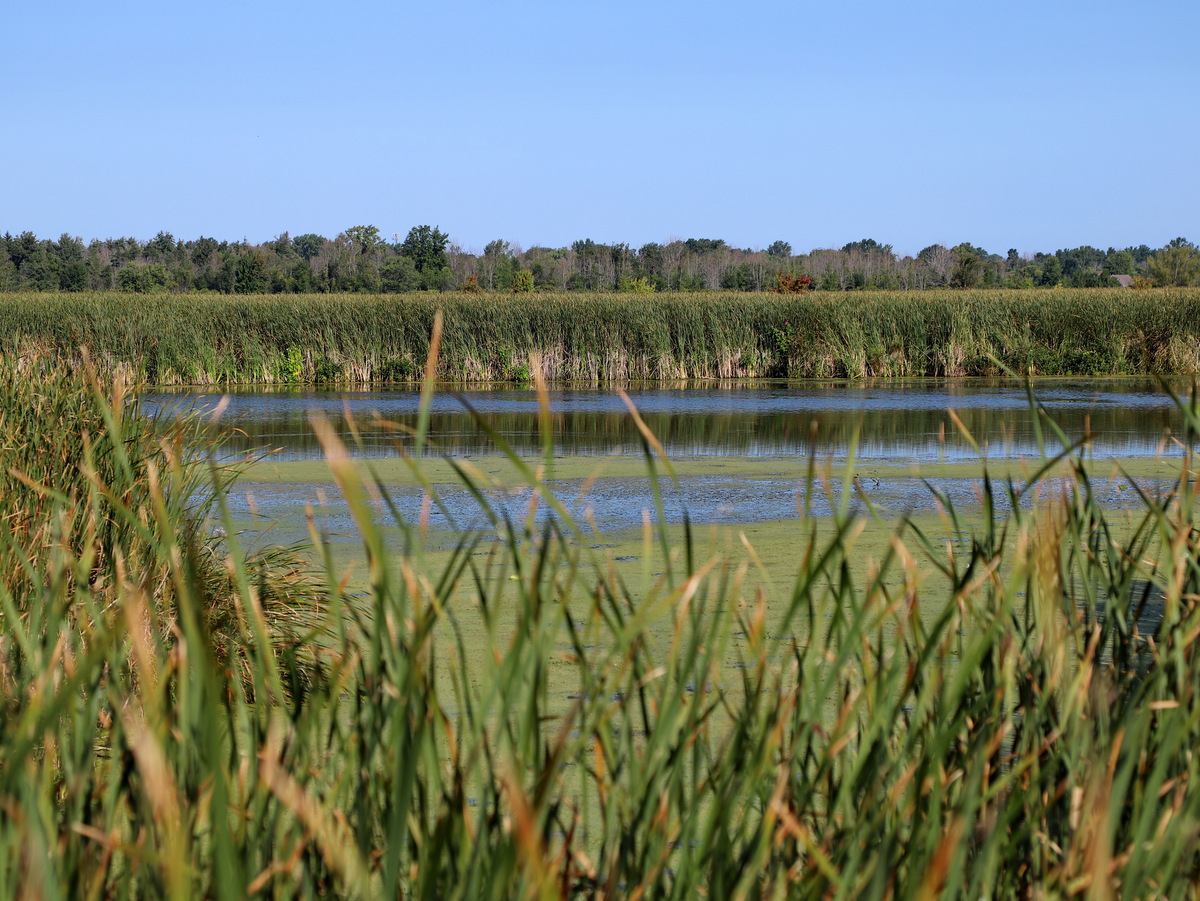
Braddock Bay Wetland Complex
Located northwest of Rochester, on the shore of Lake Ontario, Braddock Bay is one of New York State’s best birding spots and includes several habitat types: grasslands, woodlands, open water, wetlands, shoreline, and marshes. All of these provide shelter, food, and nesting for nearly every type of bird that uses the Atlantic Flyway. Well over 300 bird species have been sighted at Braddock Bay, including more than 130 songbirds and 23 raptors. And the sheer quantity of species is compounded by the volume: millions of birds each year.
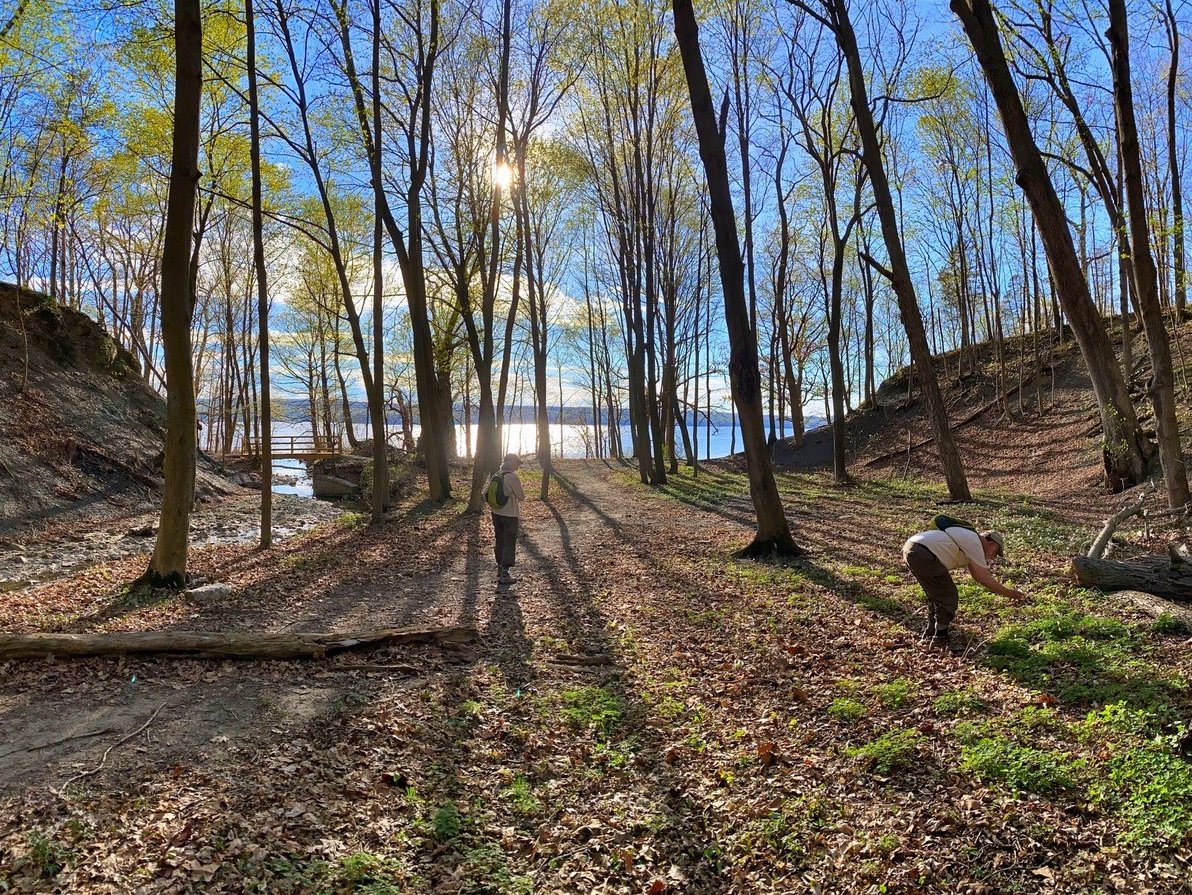
Bell Station
Located on the eastern shore of Cayuga Lake, Bell Station is a remarkable property that features 3,400 feet of pristine shoreline, wooded hillsides, extensive fields, and several small streams with cascading waterfalls. Bald Eagles are frequently seen on the property and waterfowl seasonally congregate off the shoreline.
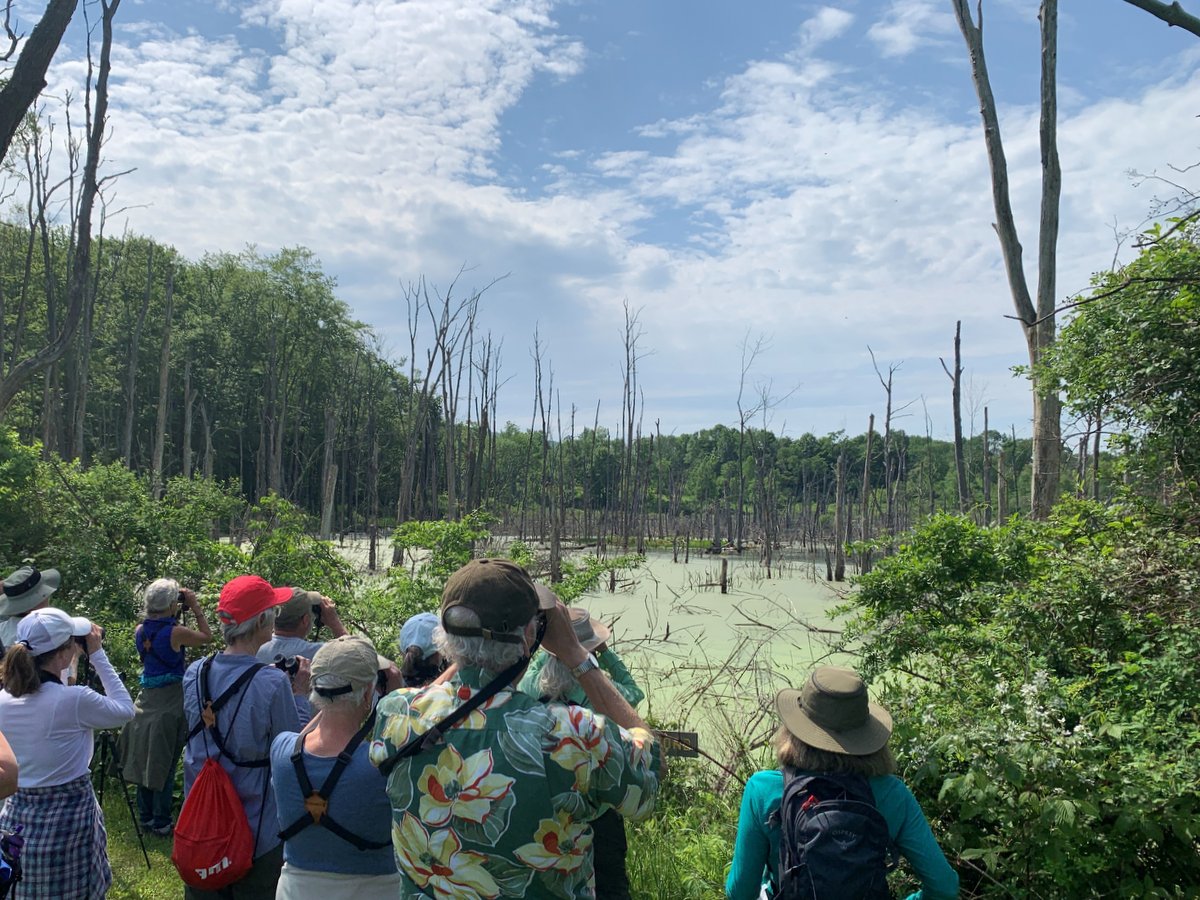
Finger Lakes Land Trust Nature Preserves
The Finger Lakes Land Trust owns many lesser-known nature preserves, open to the public and much beloved by locals but often overlooked by visitors. Here you can really discover the variety in our regional landscapes, and accordingly, the diversity of our breeding birds. See our top three below.
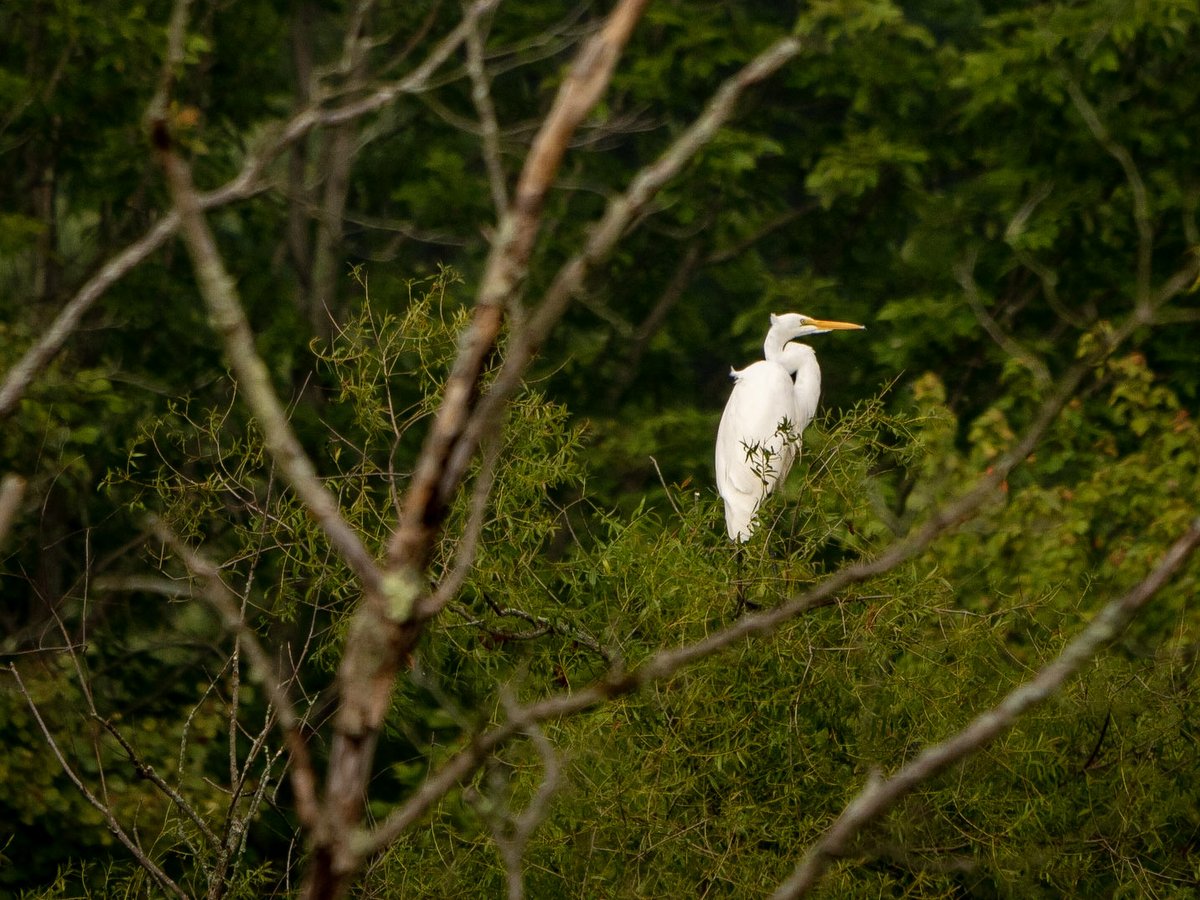
Lindsay-Parsons Biodiversity Preserve
Located in West Danby, Tompkins County, this preserve covers more than 500 acres of meadows, hedgerows, hardwood forest, hemlock woods, and streams and ponds. Over 70 species of birds nest here in a typical year, including both Yellow-billed and Black-billed Cuckoos, plus Prairie Warblers among 17+ breeding warbler species.
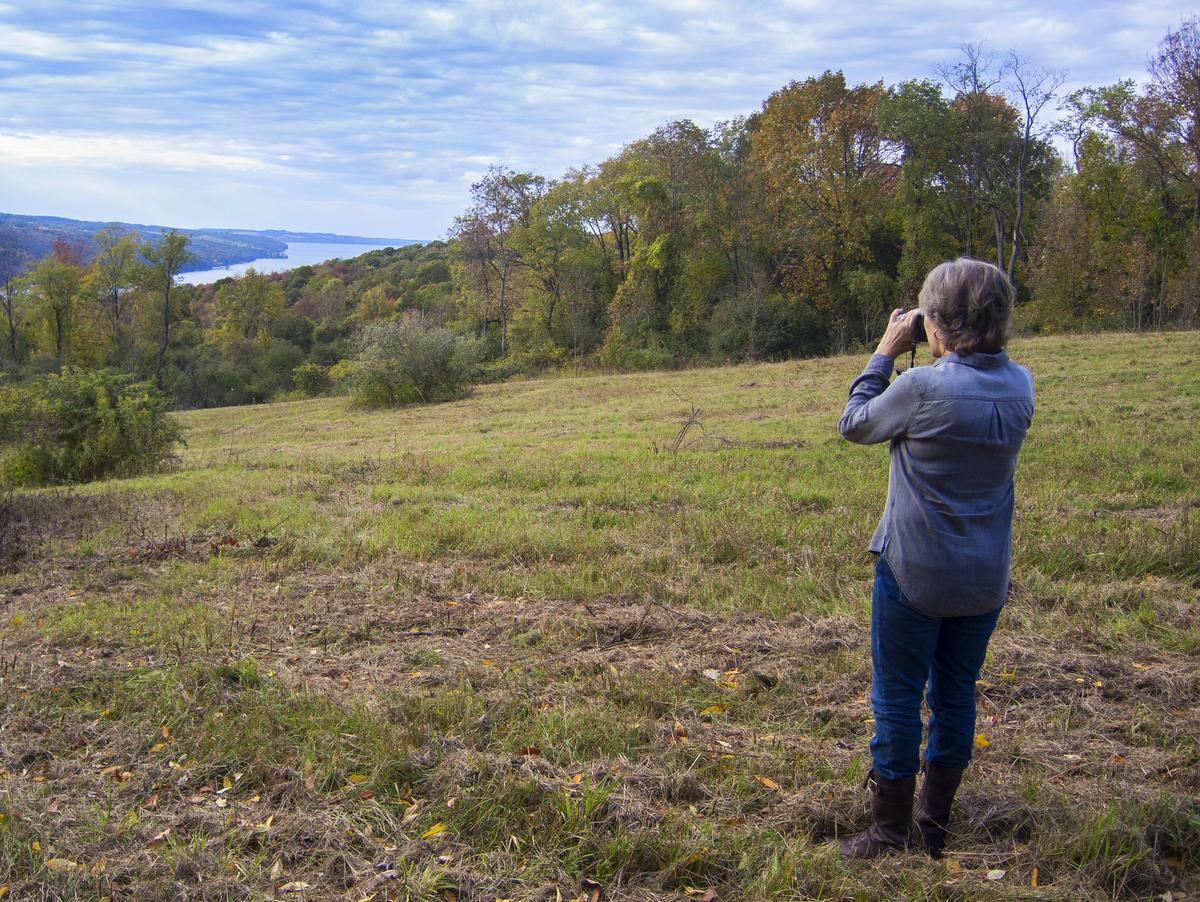
Hinchcliff Family Preserve
The Hinchcliff Preserve in Spafford, Onondaga County, has a similarly impressive mix of habitats and bird species across its 206 acres, plus a sweeping view of Skaneateles Lake.
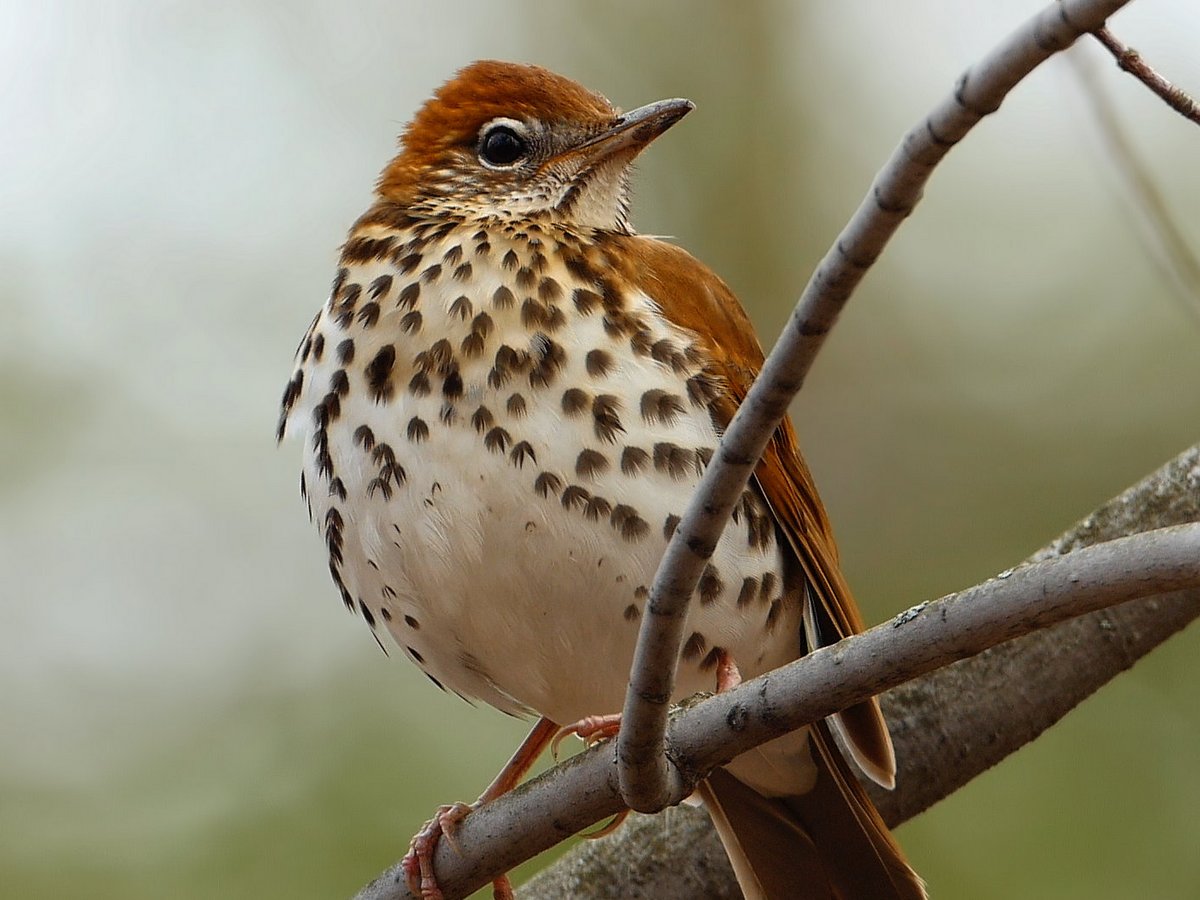
Wesley Hill Nature Preserve
And in the 390-acre Wesley Hill Preserve between Canandaigua and Honeoye Lakes, you can expect to find Hermit Thrushes, Eastern Bluebirds, and up to three dozen other species on a slow morning walk through the mature hardwoods and conifers in spring and summer.
See the map!
Show the blue filter bar and set the filters for “bird watching” and any other factors you’re looking for!

